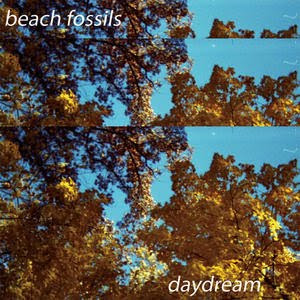Monday, February 22, 2010
File Under... Things To Make
File Under... Photoshop Geek-out
Sunday, February 21, 2010
File Under... Video Art (I'd like to see)
Monday, February 15, 2010
File Under... Photoshop Geek-out
I've decided to start posting some of the out-of-the-ordinary Photoshop techniques that I've picked up over the years. I'll try and limit them to techniques that are actually useful.
Here's the first:
Saturation Maps:
You've probably noticed that it's pretty simple to make an additional channel in Photoshop using one of the existing channels in your file. For example, if you're working in RGB it's simple to make a copy of the blue channel which can then be used as a mask. It's possible (and common) to make channels from the Red, Green, Blue, Cyan, Magenta, Yellow, Black, and even the L, a, and b channels. But have you ever tried making a channel from the saturation values of HSB? There's not a straight-forward way of doing it since these channels don't have a preview in the channels palette.
My favorite way to make a channel from the S values of HSB is using a Selective Color adjustment layer.
Here's how to do it:
Create a new selective color adjustment layer. Make sure that the relative / absolute toggle is set to absolute. Go through each color and set the black value slider to -100. Then under the white, gray, and black sections set the black values to +100. That's it. Areas of high saturation look white and areas of low saturation look black with gray values representing the range between. Using an adjustment layer in this way is quick and very flexible. If you save a preset of the selective color settings you can quickly load it when you need it and can save the time it takes to set all those values.

This can be a very helpful tool to use especially when retouching high-end beauty images where skin tones need to be very finely adjusted. It can also help point out problem areas where saturation values drop off too quickly in shadow or highlight areas which is common in some digital images.
Here's another way:
Adobe provides a special plugin that will convert RGB files to either HSB or HSL color information. But this plug-in doesn't come with the Photoshop install disk. The download of this plug-in can be found here:
After installing the plug-in (dragging it into the plug-in folder and restarting Photoshop) you can run it through the filters menu under "other".
The channels palette will still be labeled RGB, but you'll notice that the RGB channels have been replaced with information relating to their respective HSB/HSL values. It works well, but it's not the most flexible or efficient way of working for me, and I don't really use it.
Thursday, February 11, 2010
File Under... Musics



